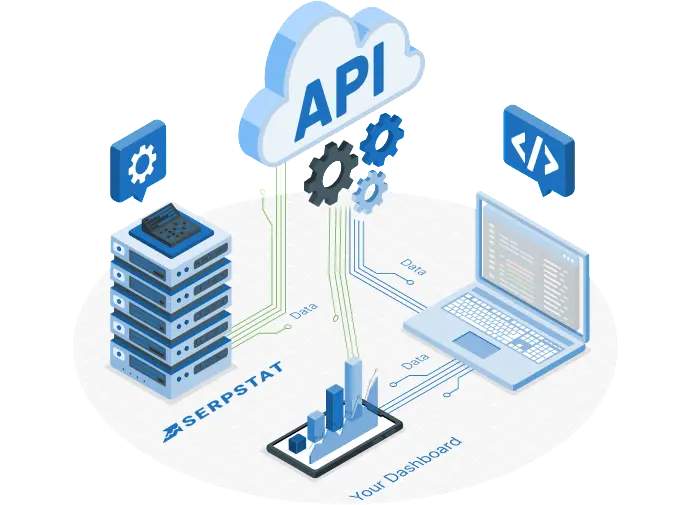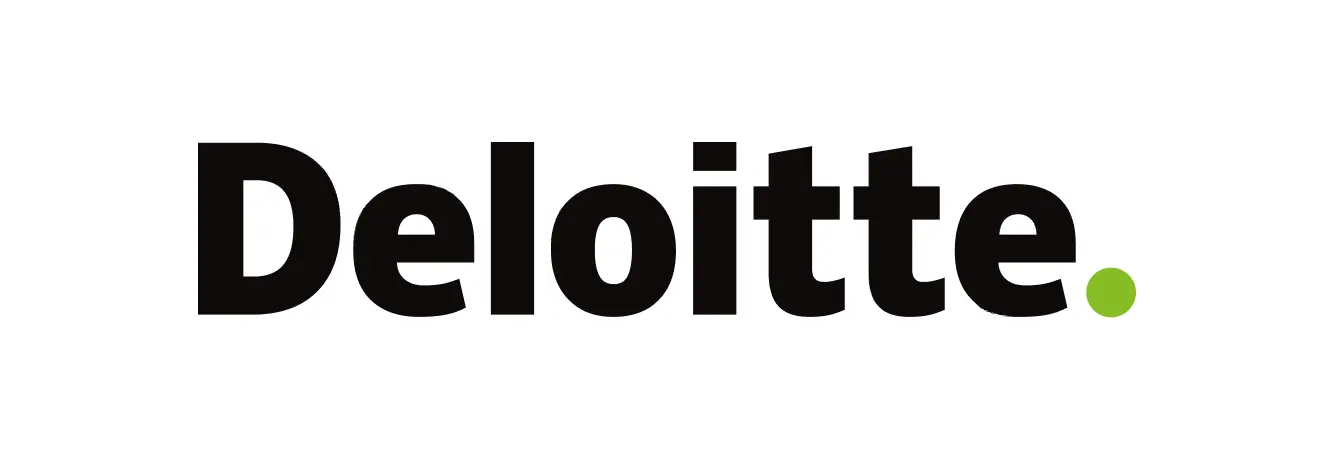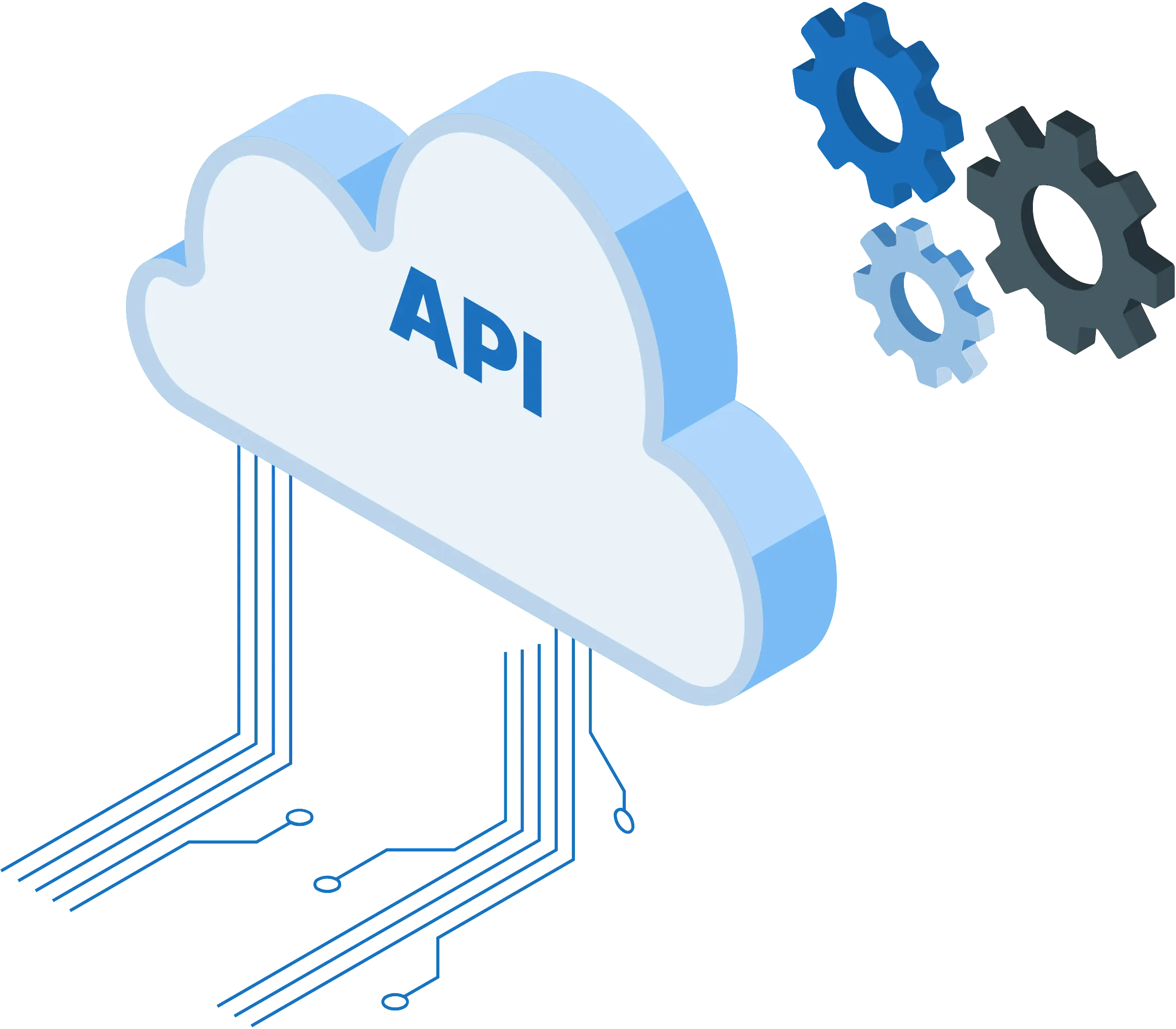Отримання SEO-даних з Serpstat API
Удоскональте процес отримання даних, запитуючи їх безпосередньо з баз даних Serpstat. Комбінуйте дані на свій розсуд і створюйте скрипти, які за секунди повертають саме те, що вам потрібно.







Досліджуйте API джерела SEO-даних
Об'єднуйте дані в єдину робочу панель або створюйте власні результати, зіставляючи наявні дані:
- Схожі ключові фрази, пошукові запитання та підказки
- Конкуренти в органічній і платній видачі з ключовими показниками SEO
- Втрачені ключові фрази та можливості контенту
- Кращі джерела зворотних посилань
- Позиції сайту по цільовим ключовим запитам у будь-якому регіоні
- Технічні проблеми сайту з рекомендаціями щодо їх усунення
- Актуальні показники ключових слів за будь-яким регіоном

Наша команда створює SEO API-запити на основі
Зібраної нами бази даних із 7,11 мільярда ключових слів
Індексу посилань, що складається з 1 трильйона зворотних посилань
Можливості самостійного збору даних з пошукових систем
Зняття позицій за ключовими словами для локацій будь-якого рівня
Як почати отримувати SEO-дані по API?
- Заплануйте дзвінок з нашими фахівцями
- Коротко опишіть вашу задачу й очікування від даних
- Вивчіть документацію щодо SEO API, отримайте рекомендації щодо найактуальніших методів і налаштувань API.
- Отримайте докладні інструкції з API і почніть виконувати тестові запити SEO API
- Отримайте підтримку протягом усього процесу

FAQ about SEO API Tools
What SEO data can I get using API?
You can get any custom SEO data including keyword research, backlink analysis, technical SEO audit, rank tracker, etc. Find all API methods in the documentation
How to start using SEO API Tools?
Find instructions on the Getting started with API page. API methods available starting from Team subscribtion, you can try them on the Team Free Trial.
Why you should use SEO API tools?
SEO API allows you to accelerate processes of getting and using your data from different sources.



